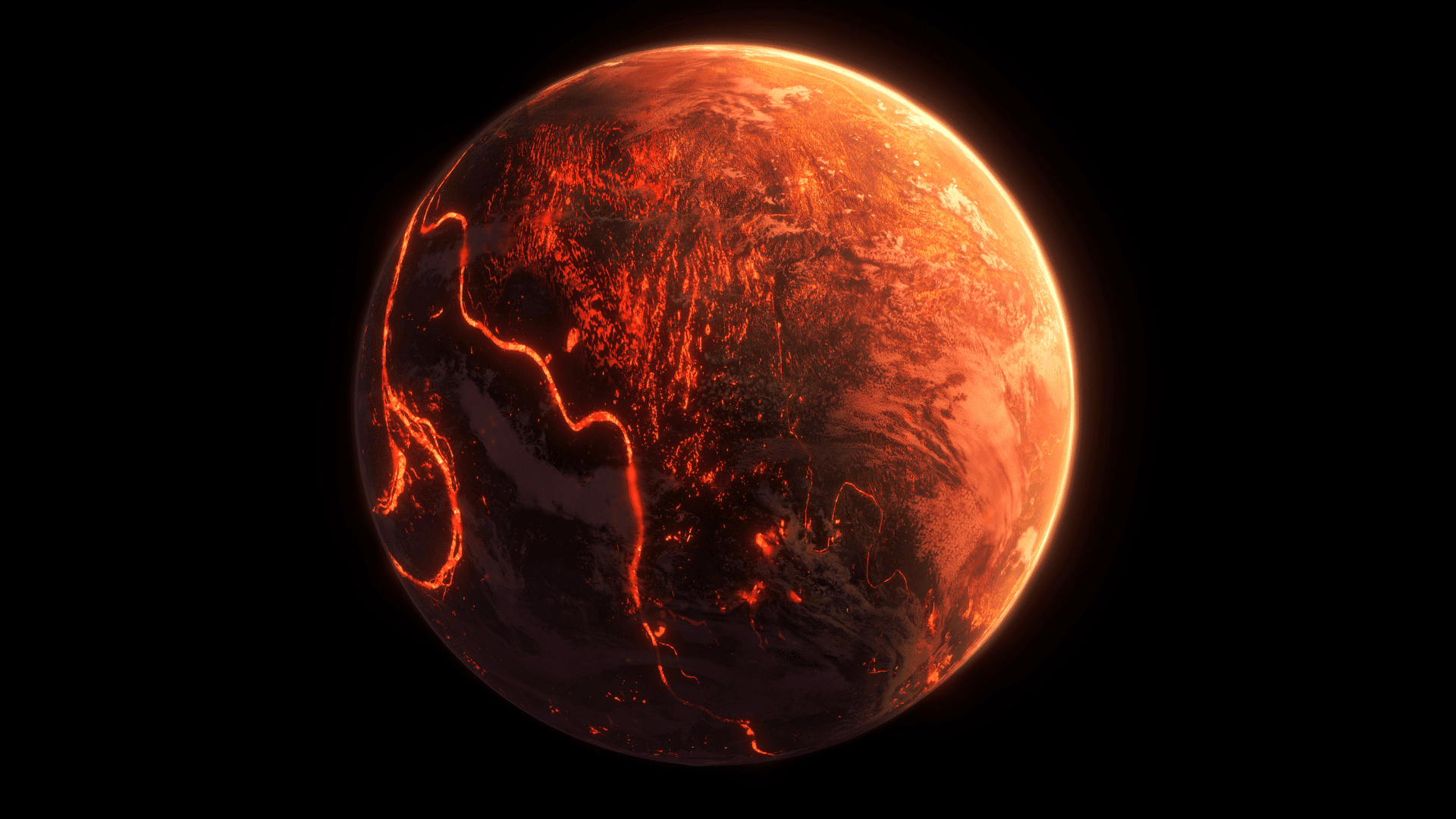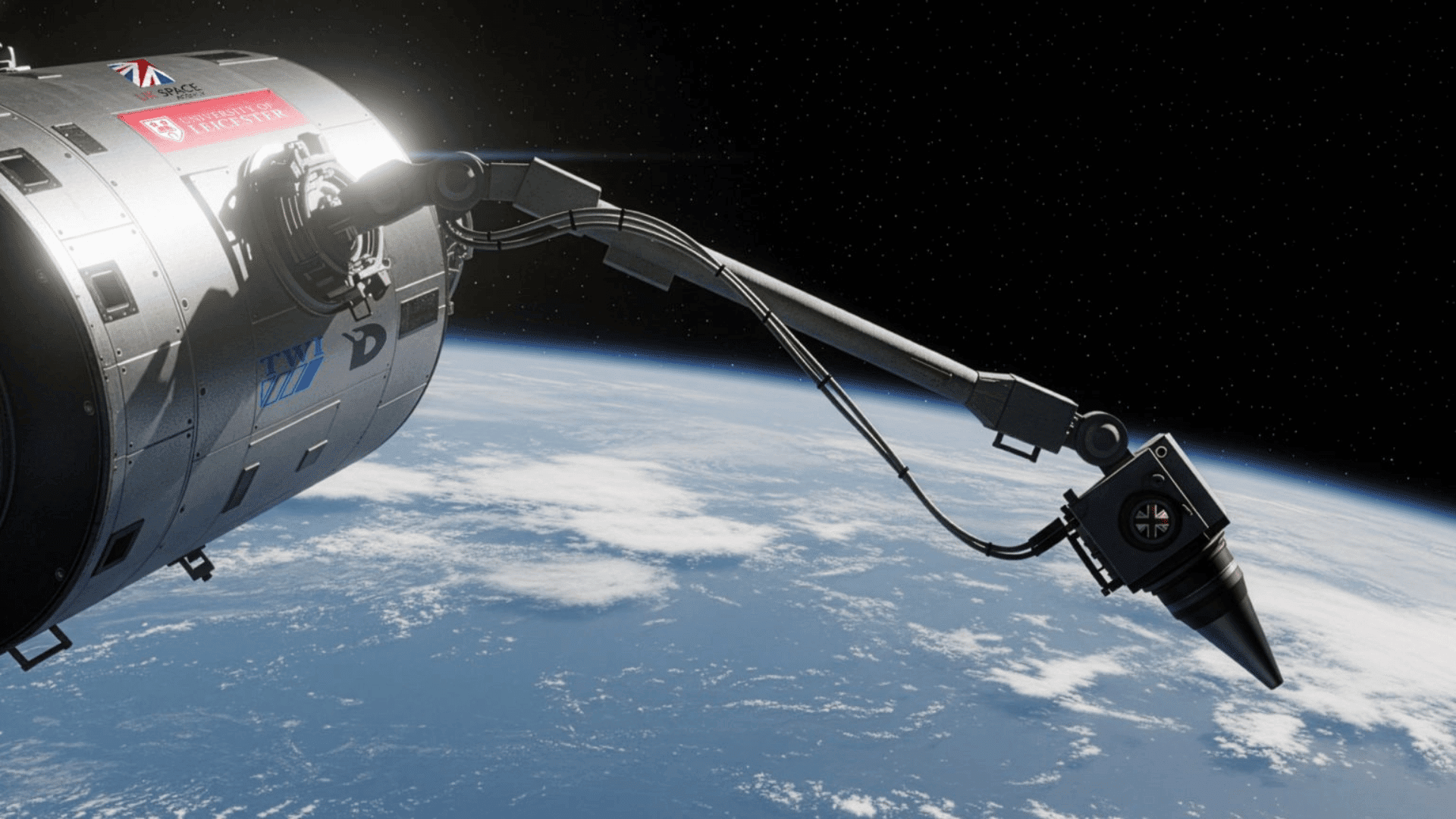New research reveals that fragments of the lava-covered ‘proto-planet’ or ‘proto-earth’ that existed 4.5 billion years ago have survived within ancient rocks.
According to the study, published in the journal Nature Geoscience, the fragments contain potassium signatures not seen in any other rocks or meteorites examined by scientists. Previous theories suggested these signatures disappeared in the collision that formed the Moon, but it appears some survived the crash.
“Proto-Earth” Remnants Uncovered

“This is maybe the first direct evidence that we’ve preserved the proto-Earth materials,” study co-author Nicole Nie, an assistant professor of Earth and planetary sciences at MIT, said in a statement. “This is amazing because we would expect this very early signature to be slowly erased through Earth’s evolution.”
Proto-Earth was a sizzling ball of molten rock from the early solar system that formed from cosmic dust and meteorites. After 100 million years, our planet was impacted by a Mars-sized planet called Theia, which impacted proto-Earth’s interior and broke off the chunk of Earth’s precursor that became the Moon.
Theia delivered new materials to proto-Earth, forever changing the planet’s chemistry. As plate tectonics emerged, the material was repeatedly recycled into Earth’s interior, leading scientists to believe it was impossible to find intact fragments of proto-Earth in modern rocks.
For the new study, Nie and her colleagues sampled ancient rocks from a handful of locations that previously yielded weird ruthenium signatures, including outcrops in Greenland, Canada, and Hawaii. To find potassium isotopic anomalies, the researchers powdered the rocks, dissolved them in acid, isolated the potassium in the samples, and measured the ratio of different potassium isotopes using a mass spectrometer.
Researchers found the rocks were deficient in potassium-40 compared with the amounts in other materials on Earth. The team used computer simulations to determine whether this anomaly dated back to proto-Earth.
They modeled the effects of meteorite impacts and the moon-forming impact on Earth’s composition with the delivery of new material. They concluded that Theia added significant amounts of potassium-40 to Earth, which accounts for the higher amount of potassium-40 found in rocks today.
“The really surprising/novel observation is that the potassium isotope signature [in the ancient rocks] cannot be explained with a mixture of primitive meteorites,” Martin Schiller, an associate professor of geochemistry at the University of Copenhagen in Denmark, who was not involved in the study, told Live Science.







